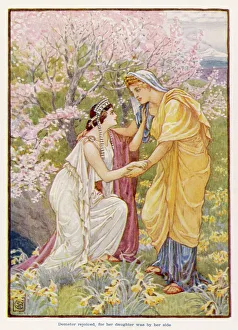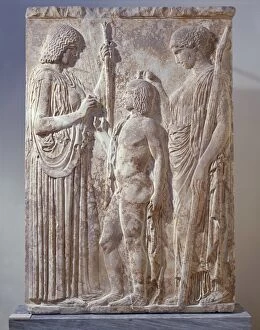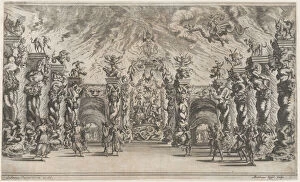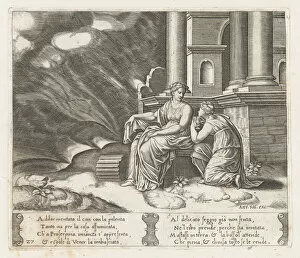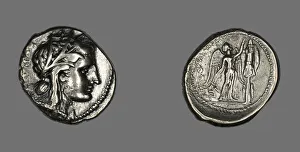Persephone Collection
"Persephone: A Tale of Love, Mystery, and Power" In the ancient realm of Greek mythology, Persephone and her mother Demeter shared a bond that transcended time
All Professionally Made to Order for Quick Shipping
"Persephone: A Tale of Love, Mystery, and Power" In the ancient realm of Greek mythology, Persephone and her mother Demeter shared a bond that transcended time. As depicted in the mesmerizing marble bas-relief from Eleusis, they were part of the sacred Triad of Eleusinian Mysteries - symbols of fertility, growth, and rebirth. But Persephone's story took an unexpected turn when she was captivated by Hades, god of the Underworld. Like a corset tightly binding her fate, their union became immortalized in art such as the haunting Corset Persephone from 1911. The Taurobolium Altar housed at Athens' National Archaeological Museum stands as a testament to Persephone's journey into darkness. It symbolizes sacrifice and transformation - themes echoed on a cinerary urn adorned with reliefs depicting Hercules beginning his descent to retrieve her. From "Persephone down Under" to "Persephone In Soho, " artists have reimagined this mythical figure throughout history. Just like The Sirens who lured sailors with their enchanting songs (as seen in Briot's masterpiece), Persephone possessed an irresistible allure that captured hearts across centuries. September holds special significance for goddess Demeter as it marks the harvest season when she mourns her daughter's absence. Their eternal bond is beautifully portrayed in Francois de Nome's painting "The Underworld, " where they are reunited amidst shadows and light. Even banqueting scenes were not immune to their influence; Codrus Painter's red-figure kylix showcases Hades and Persephone indulging in divine pleasures while presiding over souls trapped within their domain. As we delve into these captivating tales surrounding Persephone, we discover more than just mythological characters – we uncover timeless lessons about love conquering all obstacles and finding strength even in the darkest of places.

